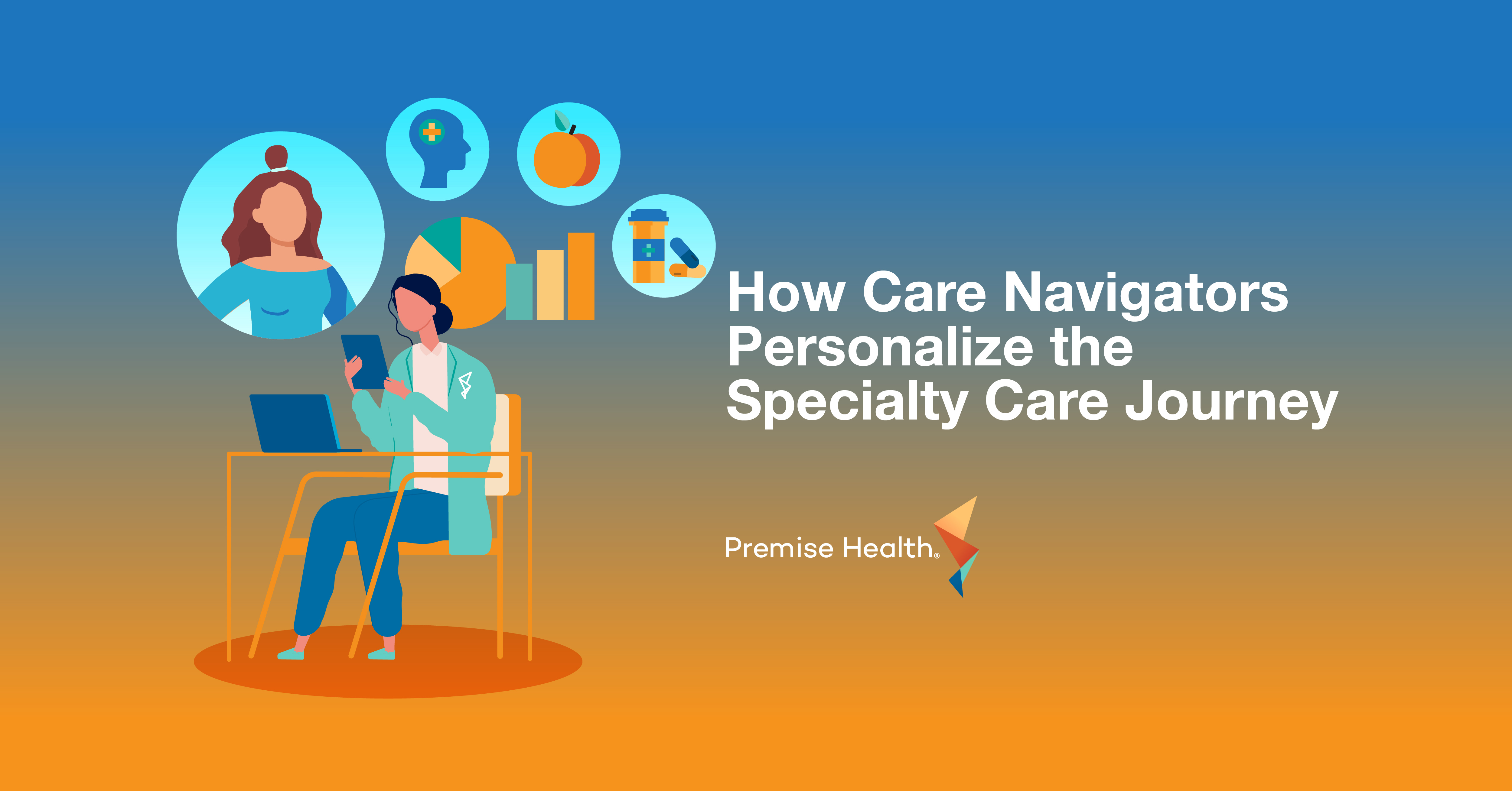One Less Errand, One Healthier Member: The Power of 90-Day Prescriptions
For people taking long-term medications, running out of pills comes with a choice: make a trip to the pharmacy or go without.
That decision isn’t always a simple one. Around 30% of U.S. adults report not taking their medicines as prescribed because of cost. Others may live in pharmacy deserts that make finding and traveling to a pharmacy difficult when they’re also balancing work, family, and home life. Instead, they may opt for over-the-counter drugs, skipping doses to stretch their time between refills, or stopping their medication entirely.
Monthly refills mean making this decision 12 times a year per medication; that’s 12 opportunities for care to lapse. Fortunately, for many people on long-term therapies, 90-day prescriptions can be one way to reduce hassle and fill gaps in care.
What is medication adherence?
Medication adherence means taking medications or completing chronic condition testing as prescribed for as long as it’s clinically appropriate.
For example, someone with high blood pressure may take a daily diuretic. If they follow their provider’s instructions and refill their prescription on time, they’re considered adherent.
Medication adherence is an important part of effective healthcare. When people don’t take medications properly, their health may not improve, and in some cases, they may face hospitalization or an increased risk of death.
“Adherence is not just a metric. It’s a behavior that requires constant support and follow-up. Only through that lens can we ensure members stay adherent and have better outcomes,” Premise Health Vice President of Pharmacy Ryan Baker said in a 2024 conversation with Cedar Gate Technologies.
Typically, providers don’t touch base with patients daily to ensure they’re taking their medication; therefore, medication adherence can usually be best measured by the regularity with which a patient refills their prescriptions. If a person runs out of medication at a rate consistent with its prescribed use, they’re likely following their treatment plan.
“[Refill frequency is] a better measure for adherence for in-person care – the patient has to take action, communicate to pharmacy, travel, and pay for it when they pick it up. It’s an indication that they need more medicine because they took it,” Baker said.
Why are 90-day prescriptions better for medication adherence?
Every time a patient needs to refill their medication, an opportunity for a gap in care is created. With 30-day prescriptions, patients can face 12 or more potential gaps in care per year per prescription; that’s a dozen opportunities for someone to run out of medication and forget to pick it up, be unable to afford to refill it, or be unable to make it to the pharmacy. When a medication can be filled as a 90-day prescription, however, that number of opportunities shrinks to just four.
For the 36% of American adults on three or more medications simultaneously – many of whom are managing chronic conditions – the impact is even greater, potentially reducing the number of refills they need to manage by dozens each year. Fewer refill requirements mean fewer chances for disruption. By reducing these potential gaps, patients are more likely to stay on track and maintain consistent access to their medications.
How can onsite pharmacies support medication adherence?
“We encourage 90-day supplies whenever clinically appropriate and affordable. Pharmacists work closely with providers to encourage them [to write 90-day prescriptions instead of 30-day prescriptions]. We monitor medication adherence for performance, but also for clinical care, then provide data back to the care team so they can provide the right outreach,” Baker said.
This team approach between pharmacists and primary care providers can play a big part in improving medication adherence and is a key advantage of having a co-located onsite pharmacy and primary care provider. That’s why pharmacy is such a crucial part of the advanced primary care model. When care is integrated, members benefit from a team of experts working together to remove barriers to adherence—whether that’s answering questions about side effects or finding cost-effective generic alternatives.
Pharmacist support can be delivered in-person over the counter or asynchronously, over a phone call or a secure message in a member health portal. Either way, pharmacists focusing on a dedicated member population have more time to provide individualized guidance, helping members achieve the best outcomes.
“That accessibility needs to be combined with a partnership with the rest of the care team. But communication between pharmacist and patient should be intertwined and bi-directional,” Baker said.
Give your people the resources they need to make the most of their medications.
At Premise Health, our expert pharmacy teams and primary care providers partner as part of our advanced primary care model to ensure that members have everything they need to fill and take their prescriptions with confidence, from personalized coaching to chronic condition support to help affording their medications. It’s all part of an integrated care experience that leads to more satisfied members and cost-savings for their employers.
CTA: Ready to learn more? Get in touch today to see how a pharmacy could help your workforce.
Next on industry insights.

From Crisis to Care: Addressing Mental Health Challenges for Union Members
Read the Blog
How Care Navigators Personalize the Specialty Care Journey
Read the Blog